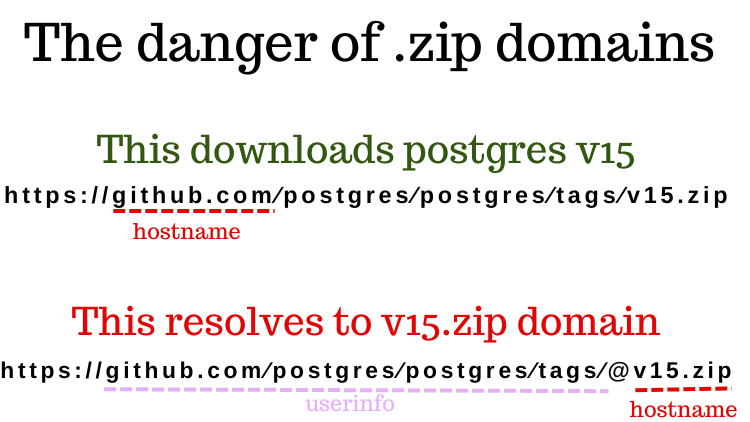
Backend and Database Courses https://t.co/Qonec4YftL YouTube https://t.co/FfDg8cnVCI Author of https://t.co/PcX2tDsIxC Engineer @esri
How to get URL link on X (Twitter) App



 Routers track connections they see in a local state table for routing decisions and filtering out invalid packets.
Routers track connections they see in a local state table for routing decisions and filtering out invalid packets. 
 Normal buffered reads and writes from user space go through the file system page cache.
Normal buffered reads and writes from user space go through the file system page cache.
 medium.com/@bobbyrsec/the…
medium.com/@bobbyrsec/the…

 Take a hotel with 9 floors. Your room number is 917. The first step is to find which floor your room is at, usually the first digit represents the floor. This means your room is on the 9th floor
Take a hotel with 9 floors. Your room number is 917. The first step is to find which floor your room is at, usually the first digit represents the floor. This means your room is on the 9th floor

 Shopify’s idempotency token is time based ULID, because these are unique which provide the idempotency) and also ordered by time requests can be quickly looked up in index and guess what! chances that you are querying requests that are next to each other temporally
Shopify’s idempotency token is time based ULID, because these are unique which provide the idempotency) and also ordered by time requests can be quickly looked up in index and guess what! chances that you are querying requests that are next to each other temporally